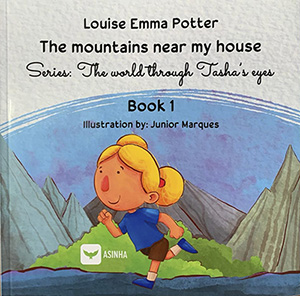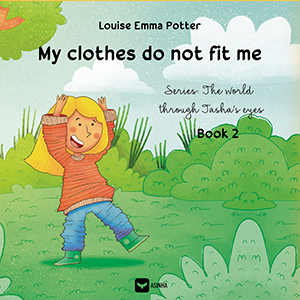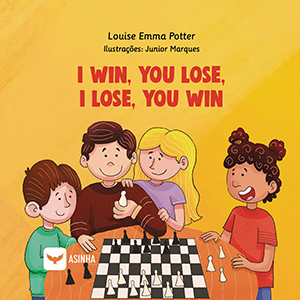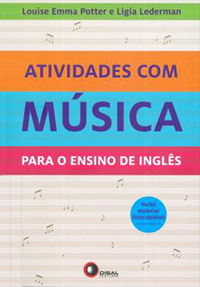Tasha is a little girl who lives in a small house near the mountains. While she stares out of her bedroom window, she wonders why some mountains can seem frightfully big and scary whilst others seem so welcoming to climb. She embraces her dog, who she considers her best friend, and is amazed at all the exuberant colors surrounding her country house. She comes up with a small poem:
Colours express
perceptions and connections
So why do the big ones
Forget the word affection
White, black or yellow
We are all much the same
Just come and join in
Let’s play the big game
The more we connect
The more we respect
What are our roles as teachers for young children when using literature in the classroom? I believe we should encourage our students to go beyond, to see past what we can’t see, allow them to go across borders we have not yet crossed. Encourage students to immerse themselves and connect, compare and contrast their own experiences to those of the fictional characters. Realize that we are different within our own concepts, but all similar in the face of the world in which we live. Literature opens students' horizons, encourages critical and creative thinking and enriches their world knowledge.
When we inspire young learners to read, we inspire them to look see the world from a different perspective. They connect to characters, connect the story to their own lives, they love and hate the characters according to their own principles, as they also feel the character’s pain and cheer them on when they are struggling. We should encourage students to compare their lives to those of the characters, instigating them to reflect: What does this remind me of in my life? How is this different from my life? As teachers, we should motivate them to make connections to other texts: Have I read about something like this before? And make connections to the outside world: How is this text similar to things that happen in the real world? How is this different from things that happen in the real world? (Draper, 2010). Making these connections are crucial for students to achieve intercultural competence.
What I am proposing here is very different from reading comprehension activities which are usually found at the back of the simplified editions of classical literature books. Not that there is anything wrong with these, but the way we want our students to experience reading is rather different.
When reading literature texts, we would like our students to
Dowd (1992) argues that "…from reading, hearing, and using culturally diverse materials, young people learn that beneath surface differences of color, culture or ethnicity, all people experience universal feelings of love, sadness, self-worth, justice and kindness." (p. 220).
Apart from bringing in literature books that have expressive intercultural and social aspects, we then have other books which can be included in young children’s literature and which main intention is to enhance their creative and imaginary skills as they immerse themselves in the world of fantasy and imagination. Imagining situations, such as how does the moon feed itself, how did it come to live in the sky, and whether it has a father and a mother, encourages students to go beyond, ask questions, build up and expand their knowledge. These questionings encourage students to consider new ideas and perceive things from other perspectives.
Literature has the power of bringing people together. It connects us to the world and expands our understanding of how it works, whether interculturally or engaging in imaginative and magical thinking.
Next time you are in doubt of what to do in your class, pick up a book. As a suggestion, you could read the book I wrote for young readers. The series depicts a child’s outlook on life, questioning daily issues seen through her own eyes such as prejudice, friendship, love and hate. The target audience is children who are in the early years of elementary school. Over the course of two years, children will read the books and discuss the themes making connections to their own feelings and outlooks. The series aims at providing schools with books of rhymes with engaging themes and illustrations that should also be explored. Teachers and parents can expand the theme to create cross curricular projects.
I am sure a perfect lesson plan will come up to connect your class to the world.



References
Dowd, F. S. (1992). "Evaluating children’s books portraying Native American and Asian cultures." Childhood Education, 68 (4), 219-224. [EJ 450 537]
Purves, Alan C. “Testing Literature”. In J. A. Langer (Ed.), Literature Instruction: a focus on student response. National council of Teachers of English, Illinois, (1992).
Short, Kathy G. (2011): Building bridges of understanding through international literature. In: April Whatley Bedford — Lettie K. Albright (eds.), A Master Class in Children’s Literature: Trends and Issues in an Evolving Field. Urbana, IL: National Council of Teachers of English, pp. 130–148.
Louise Emma Potter is a teacher trainer, material writer and international presenter. She was born in the U.K and now lives in Brazil with her husband and two daughters. She has been working in the education field for more than 25 years. She holds a BA in Marketing and Advertising and a post grad in Bilingual Education, having as area of expertise teacher training and teacher development. She worked as a coordinator for 12 years leading a team of teachers for a well-known language school and now leads her own business at Teach-in Education developing the professional growth of language teachers in private and public schools through workshops and training sessions. She is the author of a series of books and articles and has recently co-authored a self-published book called Project Based Learning applied to the language classroom.
https://www.linkedin.com/in/louise-emma-potter-0886a519/
LIVRO RECOMENDADO
